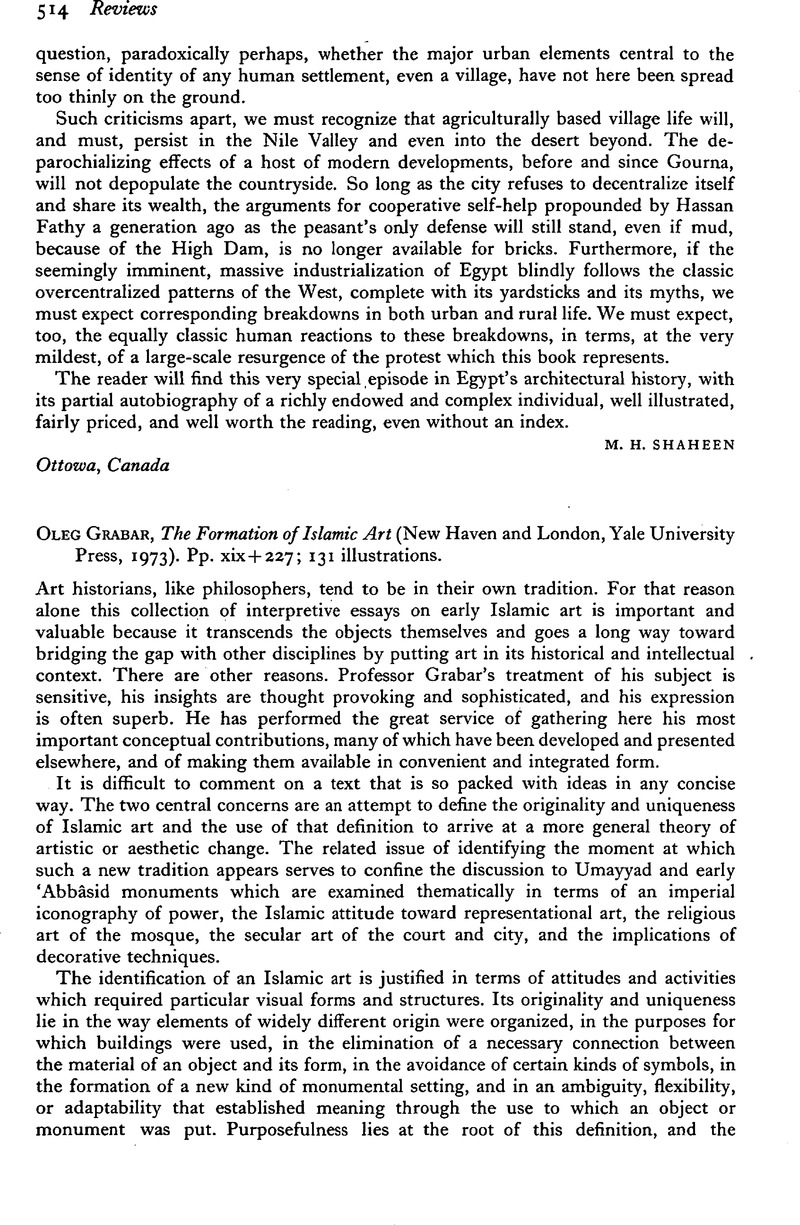No CrossRef data available.
Published online by Cambridge University Press: 29 January 2009

page 516 note 1 Ettinghausen, Richard, From Byzantium to Sasanian Iran and the Islamic World (Leiden: E. J. Brill, 1972), pp. 1–2.Google Scholar
page 516 note 2 Wendell, Charles, ‘Baghdâd: Imago Mundi, and Other Foundation Lore’, International Journal of Middle East Studies, 2 (1971), 99–128.CrossRefGoogle Scholar
page 519 note 1 Wensinck, A. J., Mystic Treatises by Isaac of Nineveh (Amsterdam: Koninklijke Akademie van Wetenschappen, 1923), p. 6. In fact this attitude is already present in the Talmudic statement that an artist can ‘draw a figure on a wall but he cannot invest it with breath and spirit, bowels and intestines’, that only God can create life (B. Ber. 10a).Google Scholar